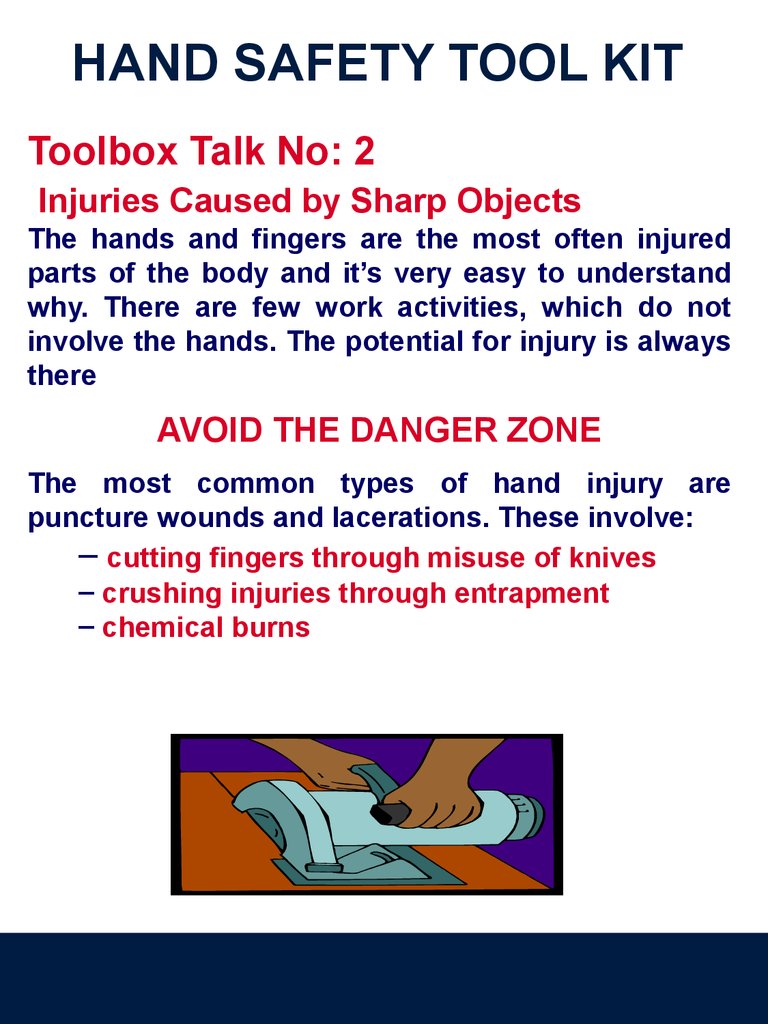
It is argued that the wheel of life may be useful in facilitating this process. This allows the coachee to consciously construct a picture of a given situation in a way that makes sense to them. It is therefore useful to allow coachees to explore and communicate what they take for granted in order to enhance their self-awareness and allow the coach to understand their perspective. PCT also suggests that these constructs are built up with low levels of self-awareness, and that therefore the coachee may not be fully aware of this subconscious reasoning, and the impact that this has on them. This indicates that as coaches, our understanding and interpretation of events may be very different from our coachees, and therefore understanding of the coachees perspective is essential. Individuals differ in the how they perceive and interpret similar situations, as well as what they perceive as important and what is implied by their interpretation of the situation.

This allows them to anticipate what will happen in a given situation, and then either confirm or revise that theory.

PCT suggests that individuals strive to make sense of the world by constructing their own personal theories. The performance profile was based on Kelly’s (1955) Personal Construct Theory (PCT). The wheel is a pictorial representation of wellness. It appears, therefore, that this tool may have been borrowed from sport psychology, and we are therefore able to draw on the evidence base in this area to understand it’s theoretical underpinning and evidence of its effectiveness. In response, they created a tool called The Wheel of Wellness to help achieve a life defined by optimal health and wellbeing, in which body, mind, and spirit are integrated by the individual to live more fully within the human and natural community (Myers et al., 2000). Its based on the principle that all the areas of your. The wheel of life is an identical concept, except for the focus on the different areas of life rather than the important elements of sports performance, and the fact that sport psychologists encourage the athletes themselves to identify the important elements rather than these being prescribed. The Wheel of Life is a fantastic coaching tool that is used to help you prioritise and get unstuck. Butler and Hardy (1992) followed this up with a paper that discussed the theory and application of the tool that they called a ‘performance profile’. In 1989, sport psychologist Richard Butler developed and used a very similar tool to help performance in amateur boxers.

Luckily however, we are able to draw on literature in sport psychology to help with our understanding of this. However, a thorough search of the coaching literature did not reveal any discussion of it’s theoretical or research base in a coaching context. It appears to originate from Paul Meyer in around 1996, and was presented in Whitworth, Kimsey-House and Sandahl’s (1998 2007) Co-Active Coaching text. Interestingly, there is little to be found in the coaching literature about the development of the tool for coaching.


 0 kommentar(er)
0 kommentar(er)
